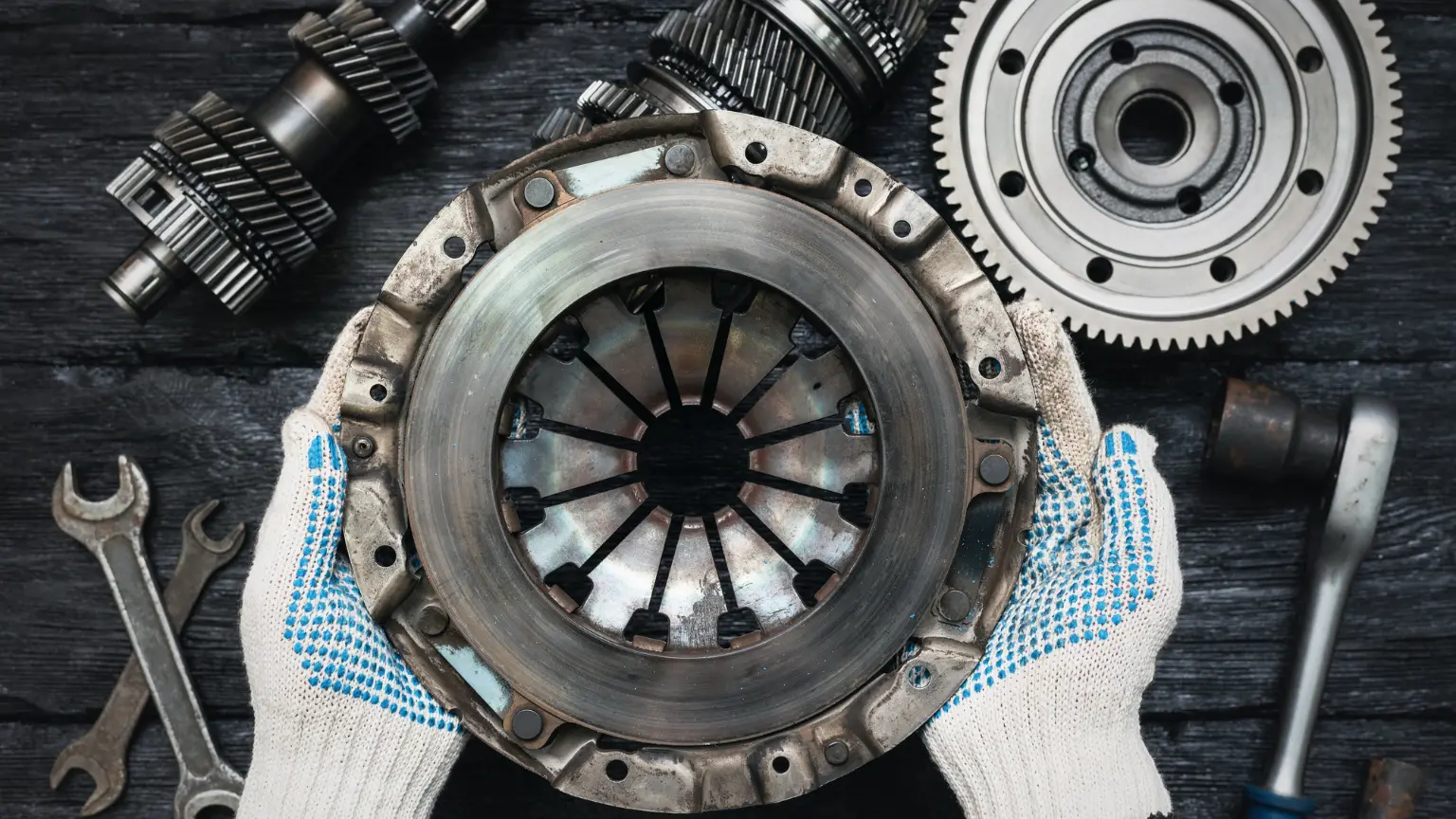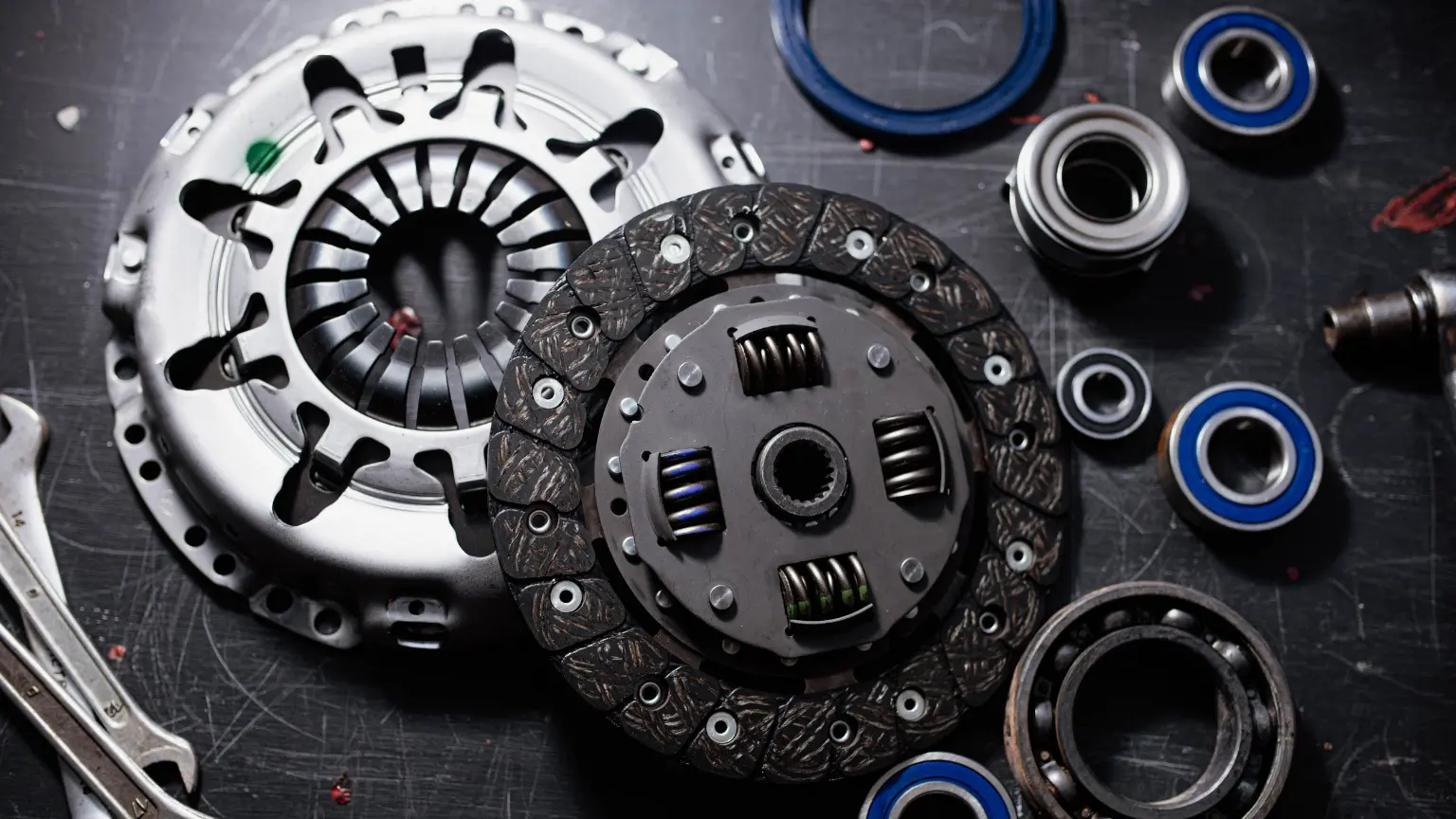The Role of Pump Suction Pipes in Transmission Functionality
Transmission pump suction pipes draw fluid into the pump for lubrication, cooling, and hydraulic pressure. Inspect seals and lines to prevent leaks, blockages, and overheating.
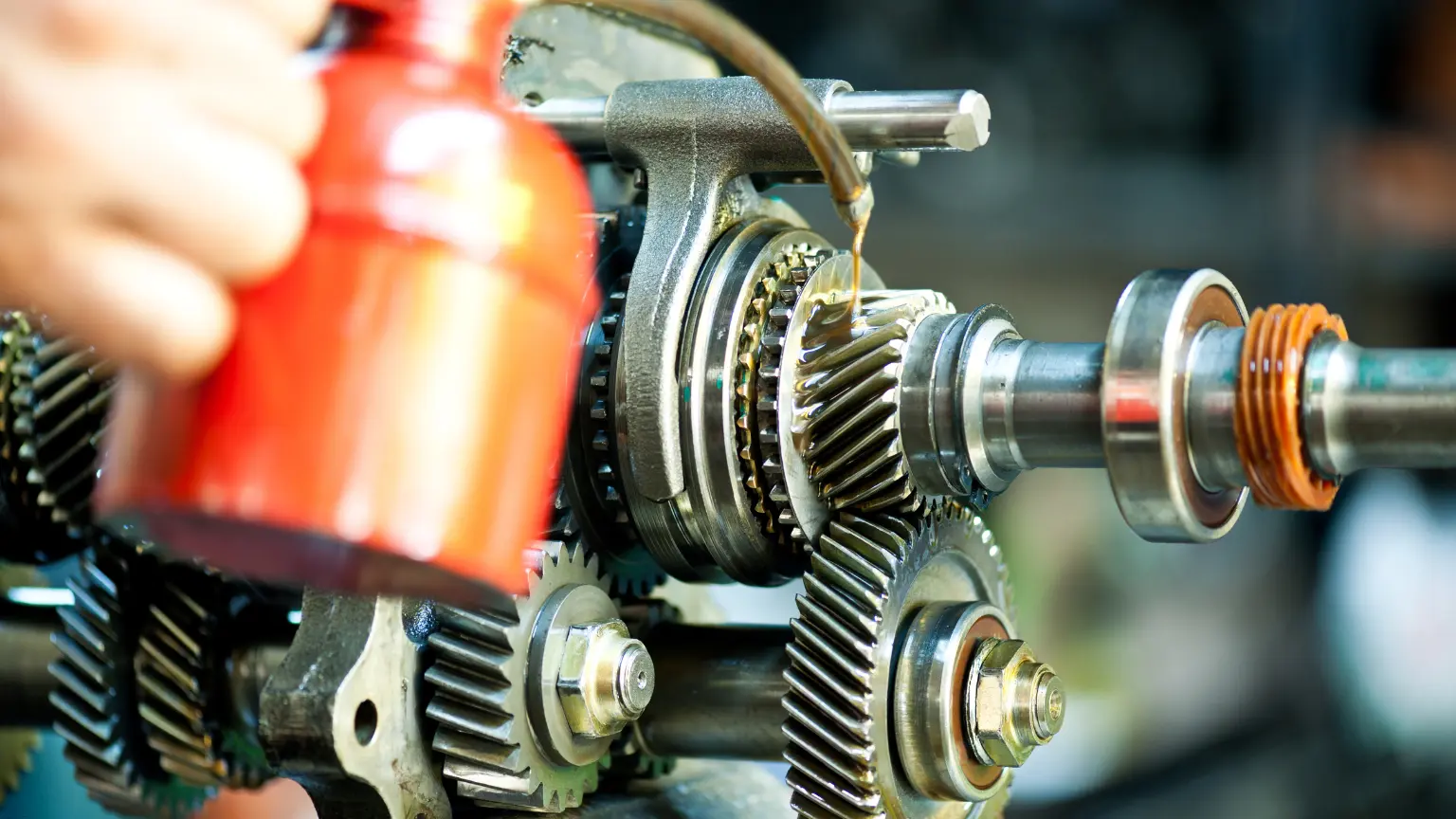
Transmission systems are integral to the functioning of any vehicle, ensuring that the engine's power is efficiently transmitted to the wheels. At the heart of this system are the transmission pump suction pipes, which play a crucial role in maintaining the transmission's efficiency and longevity. These pipes are responsible for drawing fluid from the reservoir into the transmission oil pump, where the fluid begins its critical job of lubricating, cooling, and aiding in the hydraulic functions of the transmission. Understanding how these components work together helps you appreciate their importance in your vehicle's overall performance.
Overview of Transmission Pump Suction Pipes
Key Components
A transmission suction pipe system includes several key components: the pipe, connectors, and seals. Each part must perfectly align and seal to prevent air ingress or fluid leaks. The connectors ensure secure connections between the pipe and the transmission pump or reservoir, while the seals prevent external contaminants from entering the system. Regular inspections are crucial to check for wear and tear on these components, which could lead to transmission suction pipe leaks if not addressed promptly.
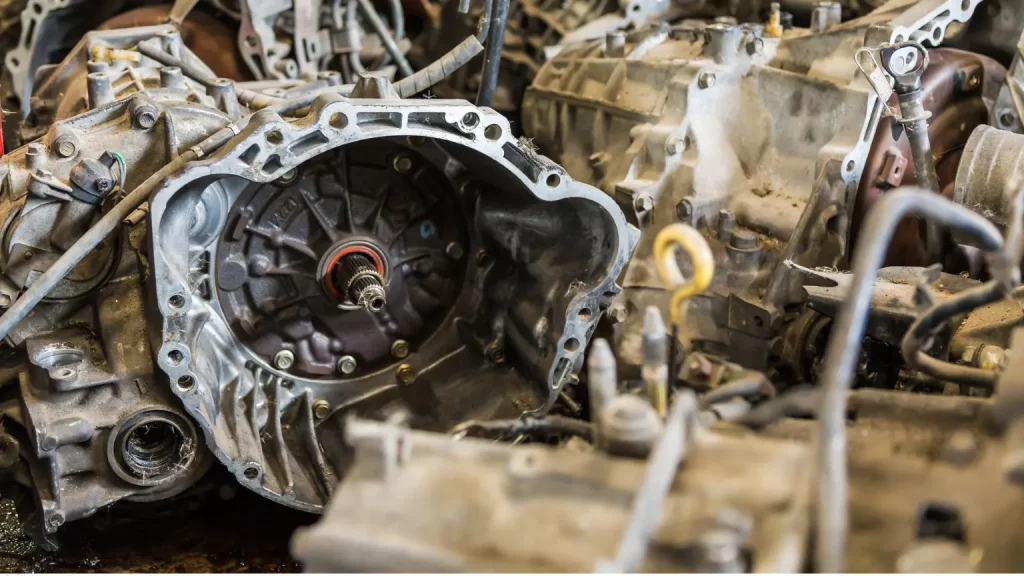
Automatic vs. Manual Transmission Suction Pipes
The main difference between suction pipes for automatic transmissions and manual ones lies in their design and operation within the system. Automatic transmissions require a more complex suction pipe setup due to the need to handle various hydraulic operations. In contrast, manual systems use suction pipes more straightforwardly, primarily for lubrication and cooling. Understanding these differences is crucial for maintaining and troubleshooting each system type properly.
How Suction Pipes Facilitate Fluid Flow
Transmission pump intake pipes play a crucial role in ensuring the smooth flow of fluid. These are engineered to maintain a specific diameter and smoothness, minimizing resistance and allowing fluid to flow freely and efficiently. Such design considerations help maintain the necessary hydraulic pressure and volume required for the transmission to function correctly, optimizing the transmission pump flow and ensuring the vehicle operates smoothly and reliably.
The Role of Suction Lines in Transmissions
Supporting Efficient Fluid Circulation
Suction pipe and transmission efficiency facilitate the seamless flow of fluid throughout the system. Constant circulation is necessary to engage gears smoothly, minimize mechanical wear, and ensure the transmission operates at its optimal performance level. Without effective suction pipes, the transmission could experience erratic behavior, leading to premature wear and potentially costly repairs.
Preventing Wear and Overheating of Internal Components
By ensuring a consistent fluid flow, these pipes help maintain the transmission at a stable temperature, protecting internal components from the damaging effects of excessive heat. Overheating is a common cause of transmission failure, and maintaining these components can significantly extend the life of your vehicle’s transmission.
Maintaining Optimal Lubrication and Cooling
Sufficient lubrication and cooling are critical to prevent metal-on-metal contact, which can lead to significant damage and system failure. Here’s how the suction pipes contribute to this crucial aspect of transmission management:
- Drawing Fluid: As emphasized before, suction pipes are responsible for drawing lubricating fluid from the reservoir, which is the first step in the lubrication and cooling cycle. By initiating this process, they ensure the fluid reaches critical areas of the transmission system that require consistent lubrication. Without this mechanism, metal-on-metal contact can occur, leading to accelerated wear, overheating, and potential system failure. The efficient design of suction pipes ensures that the fluid is not only drawn in sufficient quantities but is also delivered at the necessary speed to sustain continuous operation. This function becomes even more crucial during high-demand situations, such as towing or operating in extreme temperatures, where additional lubrication and cooling are required.
- Preventing Contamination: A sealed pathway provided by suction pipes is vital for maintaining the integrity of the lubricating fluid. These pipes prevent external debris, dirt, and other contaminants from entering the system. Contaminated fluid can reduce the effectiveness of lubrication and cooling, as particles can cause abrasions or clogging within the system. By keeping the fluid clean, suction pipes contribute to a longer transmission lifespan and improved performance. A prevention mechanism also minimizes the frequency of fluid changes or filtration requirements, saving time and costs associated with maintenance.
- Ensuring Volume and Pressure: Properly designed suction pipes ensure the lubricating fluid is delivered at an adequate volume and optimal pressure. This balance is critical to the system's effectiveness, as insufficient fluid volume can lead to dry areas prone to overheating, while excessive pressure can cause leaks or damage. The design and material of the pipes must also withstand the demanding conditions within the transmission system, ensuring consistent performance over time. Maintaining this equilibrium is particularly important during peak performance when the system endures maximum stress.
A robust transmission system relies heavily on these functions to prevent overheating, ensure smooth operation, and minimize wear. Regular checks and maintenance of suction pipes can prevent common issues like suction pipe blockages in transmission and leaks, which can severely impact the system's performance.
Air Entrapment and Its Prevention
Air can enter suction piping through several sources, such as loose fittings, worn seals, or high points in the pipe layout where air accumulates. Poorly maintained supply tank levels or vortex formation at the fluid intake can also introduce air, leading to erratic pump operation, cavitation, and reduced transmission reliability. To eliminate air entrapment, ensure all pipe joints and seals are tight, maintain adequate fluid levels in supply tanks, and design suction lines without unnecessary high spots. Regular inspection and prompt repair of leaks, along with proper installation practices, are essential strategies to keep the system air-free and reliable.
Common Issues with Transmission Pump Inlet Pipes
Identifying and Resolving Blockages in Suction Pipes
Debris, sediment, or sludge buildup can restrict the flow of transmission fluid, leading to increased friction and overheating. As always, regular inspection can help identify such blockages early, and cleaning or replacing the affected pipes can restore functionality. Ensuring that the fluid is changed at manufacturer-recommended intervals will also help minimize the potential for blockage by reducing the accumulation of debris and contaminants.
Understanding Wear and Tear
Over time, hydraulic transmission suction pipes can suffer wear and tear due to constant exposure to high pressures and thermal cycles. This degradation can manifest as brittleness, cracks, or structural weaknesses in the pipes. Replacing worn pipes is often necessary to maintain the overall health of the transmission system.
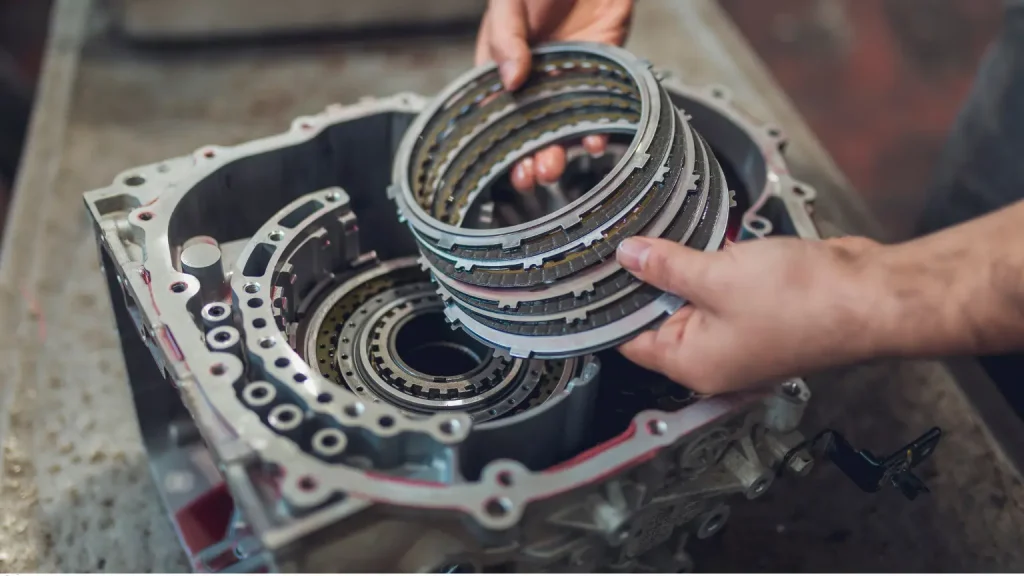
Signs of Malfunction
When these lines fail, they can disrupt the entire system, leading to overheating, mechanical damage, and poor performance. Understanding these warning signs can help vehicle owners or technicians take timely corrective action to minimize downtime and repair costs. Below are key indicators of potential issues with transmission suction lines:
- Unusual Noises: Strange noises, such as whining, buzzing, or gurgling sounds from the transmission area, are often among the first signs of a suction line problem. These noises typically occur when the suction lines cannot deliver adequate fluid due to blockages, leaks, or air entering the system. Restricted fluid flow creates pressure imbalances and cavitation within the transmission, causing these audible symptoms. Ignoring such noises can result in more significant damage to the internal components over time.
- Transmission Overheating: When blocked, cracked, or compromised, fluid delivery becomes insufficient, leading to excessive heat buildup. This can manifest as a burning smell, smoke, or the vehicle entering a protective mode to prevent further damage. Persistent overheating not only damages the transmission itself but can also deteriorate other connected systems, such as the cooling system or sensors.
- Slipping Gears: When the transmission begins to slip out of gear, struggles to shift smoothly, or fails to engage altogether, it could indicate a problem with fluid pressure caused by faulty suction lines. Adequate fluid pressure is essential for engaging and maintaining gears, and suction lines play a critical role in delivering the fluid to achieve this. Any disruption in their function—whether due to a clog, leak, or wear—can result in low fluid pressure, directly impacting gear performance. This issue can escalate quickly, as slipping gears strain the transmission system, leading to further damage.
- Fluid Discoloration: Transmission fluid that appears dark, thick, or has a burnt smell is often a sign of overheating, which can be linked to restricted fluid flow in the suction lines. Proper fluid flow helps maintain the fluid's viscosity and cooling properties. When suction lines malfunction, they compromise this flow, causing the fluid to break down under heat and pressure. Promptly addressing this issue can prevent damage to the entire transmission system and extend the fluid’s lifespan.
- Warning Lights: Many modern vehicles are equipped with sensors that monitor the health of the transmission system. A dashboard warning light, often in the form of a transmission or check engine light, can indicate systemic issues, including problems with the suction lines. These alerts should not be ignored, as they often precede more visible or audible symptoms. Diagnostic tools can help pinpoint the exact issue, including identifying leaks, pressure drops, or blockages in the suction lines.
The impact of piping arrangement on mechanical strain to the pump casing highlights the need for proper support and alignment to avoid stress that could impair transmission functionality. Timely maintenance and paying attention to these symptoms can save time and money while ensuring the vehicle operates smoothly.
Troubleshooting Suction Pipes in Transmissions
How to Check for Blockages
It is essential to begin by visually inspecting the pipes for any signs of external damage or leaks. Following this, using specialized tools such as pressure gauges can help determine if there is a drop in fluid pressure within the system, indicative of a potential blockage. For a more thorough investigation, a flow test might be necessary to assess the fluid's movement through the pipes, pinpointing any abnormalities that could signal a blockage.
Ensuring Proper Installation
The correct installation of transmission pump suction pipes is critical to the smooth operation of a transmission system. This process involves ensuring all connections are tight and secure to prevent leaks. It is also vital to align the pipes correctly to avoid any unnecessary stress or bending, which could lead to physical damage. Using manufacturer-recommended parts and following detailed installation guidelines are best practices that ensure the longevity and efficiency of the suction pipes.
When to Seek Professional Help
While some basic maintenance can be performed at home, there are times when it's best to seek professional help from a transmission repair shop. This is particularly true for complex issues like internal blockages, extensive wear, or when the repairs require specialized tools and skills. Professional technicians can provide a comprehensive assessment and perform necessary repairs or replacements precisely, ensuring the system remains in optimal working condition.
Optimizing Transmission Pump Flow
How proper suction piping design contributes to overall pump reliability and performance.
Upgrading for Better Performance
Modern advancements in materials and design not only improve the durability of these components but also optimize the flow of transmission fluid. Enhanced fluid dynamics ensure more efficient transmission operation and can lead to smoother gear shifts, reduced wear on internal components, and extended transmission lifespan.
Using Quality Parts
Investing in quality parts for transmission fluid flow pipes plays a crucial role in maintaining and improving the efficiency of the transmission system. High-standard parts better resist wear and corrosion, maintain optimal fluid pressure, and ensure reliable fluid flow. It is important to choose components that meet or exceed OEM specifications to ensure compatibility and performance. Quality parts help prevent common problems such as leaks and blockages, thereby maintaining the overall health of the transmission.
Professional vs. DIY Approaches
Mechanics in professional repair shops undergo extensive training to handle complex automotive issues, ensuring that even intricate components like transmission suction pipes are properly inspected and replaced if necessary. These professionals can also diagnose underlying problems that might not be evident to an untrained eye. Advanced diagnostic equipment allows them to pinpoint issues with precision, minimizing the risk of misdiagnosis and ensuring a long-lasting repair. Moreover, professional services typically come with warranties, providing peace of mind and financial protection in case of future complications. While professional repairs can be costly upfront, the accuracy and reliability of the work often save money in the long term by preventing recurring issues or additional damage. For vehicle owners with a knack for mechanics and a solid understanding of transmission systems, DIY repairs can be an appealing option. This approach can significantly reduce labor costs and provide a sense of accomplishment. Tasks such as inspecting and replacing a transmission suction pipe can be manageable with the right tools and knowledge. DIY repairs also allow for more control over the process, enabling vehicle owners to source affordable parts and tailor repairs to their specific needs. However, the DIY approach is not without risks. Without proper expertise, there is a higher likelihood of errors that can exacerbate the problem or lead to costly damage. Even small mistakes, such as improperly sealing connections or failing to identify related issues, can compromise the transmission's performance.
Fittings and Reducers on Suction Side
The use of specific fittings, such as eccentric reducers, and careful placement of elbows on the suction side is essential for maintaining smooth fluid flow in transmission systems. Eccentric reducers, installed with the flat side on top, help prevent air pockets that could disrupt fluid delivery and cause turbulence. Additionally, elbows should be positioned with adequate straight pipe length before the pump to minimize flow disturbances, ensuring efficient operation and reducing the risk of cavitation or uneven transmission performance.
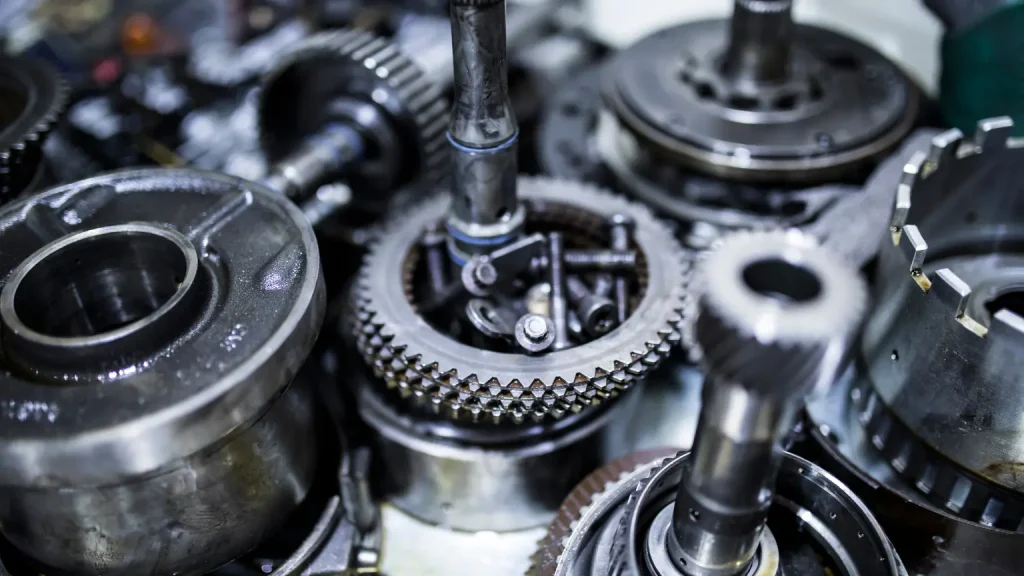
Expansion Joints in Suction Piping
Expansion joints play a critical role in suction piping systems by accommodating movement, thermal expansion, and mechanical vibrations that naturally occur during transmission operation. As transmission systems experience temperature fluctuations and dynamic loads, the piping can expand, contract, or shift, potentially leading to stress, misalignment, or even leaks. Expansion joints are specifically designed to absorb these movements, whether axial, lateral, or angular, relieving stress on pipe connections, seals, and the pump itself. By allowing controlled flexibility, they help maintain a secure, leak-free environment for fluid transfer, which is essential for preserving optimal hydraulic pressure and ensuring the reliable performance of the transmission. Additionally, expansion joints can dampen vibrations and reduce noise, further protecting sensitive components from premature wear or failure. Incorporating expansion joints into suction piping not only prolongs the system's lifespan but also ensures consistent transmission functionality under varying operational conditions.
By understanding the role and importance of transmission suction pipe replacement, you can ensure that your vehicle remains reliable, efficient, and ready to perform at its best. Whether you handle some tasks yourself or rely entirely on professional services, the key is to remain consistent and vigilant in caring for your transmission system. For professional inspection or replacement of your transmission suction pipes, visit Trans Medic Transmissions.
Sources:
- Gresham TransMedic. Terms & conditions. https://www.greshamtransmedic.com/terms-conditions/
- Gresham TransMedic. Transmission repair. https://www.greshamtransmedic.com/transmission-repair/
Follow a maintenance program
Ante gravida id aenean quis egestas risus nam amet nullam leo diam diam aliquam eu eu malesuada arcu rhoncus suspendisse nulla mattis ut amet sagittis in justo egestas.

search for a trusted mechanic
Lorem ipsum dolor sit amet, consectetur adipiscing elit lobortis arcu enim urna adipiscing praesent velit viverra sit semper lorem eu cursus vel hendrerit elementum morbi curabitur etiam nibh justo, lorem aliquet donec sed sit mi dignissim at ante massa mattis.
- Neque sodales ut etiam sit amet nisl purus non tellus orci ac auctor
- Adipiscing elit ut aliquam purus sit amet viverra suspendisse potent
- Mauris commodo quis imperdiet massa tincidunt nunc pulvinar
- Excepteur sint occaecat cupidatat non proident sunt in culpa qui officia
Check the air pressure in your tires
Vitae congue eu consequat ac felis placerat vestibulum lectus mauris ultrices cursus sit amet dictum sit amet justo donec enim diam porttitor lacus luctus accumsan tortor posuere praesent tristique magna sit amet purus gravida quis blandit turpis.
Review your suspension frequently
At risus viverra adipiscing at in tellus integer feugiat nisl pretium fusce id velit ut tortor sagittis orci a scelerisque purus semper eget at lectus urna duis convallis. porta nibh venenatis cras sed felis eget neque laoreet suspendisse interdum consectetur libero id faucibus nisl donec pretium vulputate sapien nec sagittis aliquam nunc lobortis mattis aliquam faucibus purus in.
- Neque sodales ut etiam sit amet nisl purus non tellus orci ac auctor
- Adipiscing elit ut aliquam purus sit amet viverra suspendisse potent
- Mauris commodo quis imperdiet massa tincidunt nunc pulvinar
- Excepteur sint occaecat cupidatat non proident sunt in culpa qui officia
Service your vehicle as regularly as posible
At risus viverra adipiscing at in tellus integer feugiat nisl pretium fusce id velit ut tortor sagittis orci a scelerisque purus semper eget at lectus urna duis convallis. porta nibh venenatis cras sed felis eget neque laoreet suspendisse interdum consectetur libero id faucibus nisl donec pretium vulputate sapien nec sagittis aliquam nunc lobortis mattis aliquam faucibus purus in.
“Nisi quis eleifend quam adipiscing vitae aliquet bibendum enim facilisis gravida neque velit euismod in pellentesque”
Conclusion
Eget lorem dolor sed viverra ipsum nunc aliquet bibendum felis donec et odio pellentesque diam volutpat commodo sed egestas aliquam sem fringilla ut morbi tincidunt augue interdum velit euismod eu tincidunt tortor aliquam nulla facilisi aenean sed adipiscing diam donec adipiscing ut lectus arcu bibendum at varius vel pharetra nibh venenatis cras sed felis eget.

